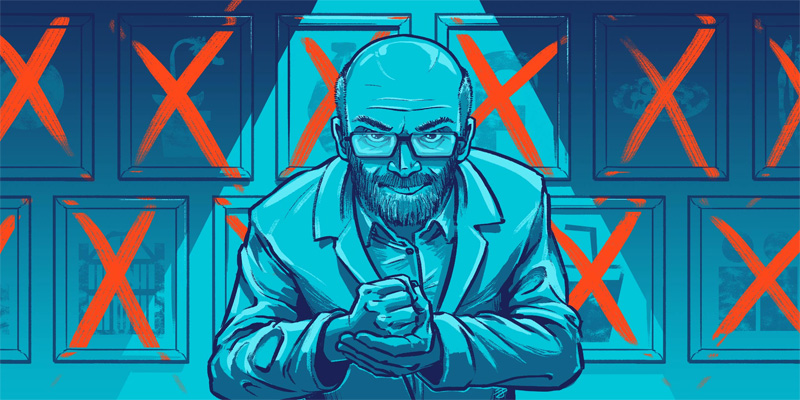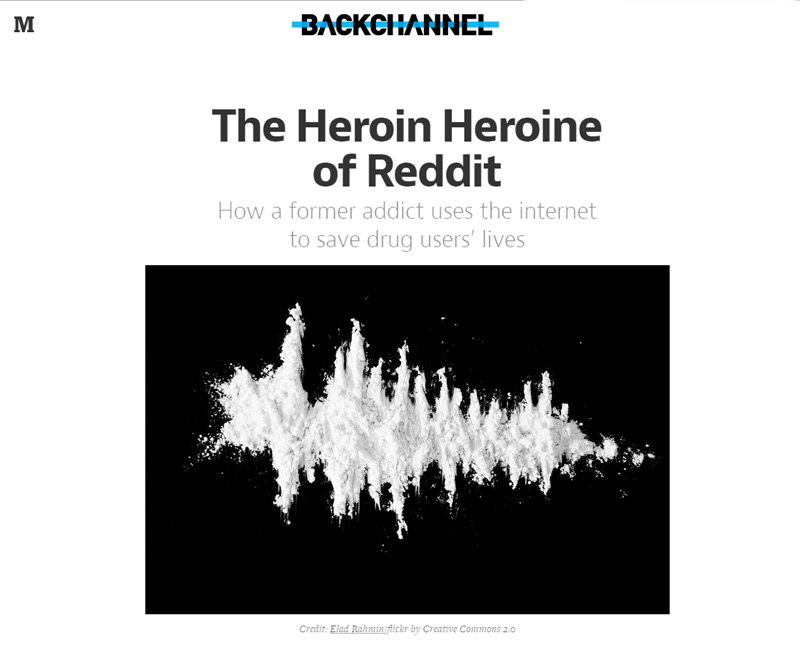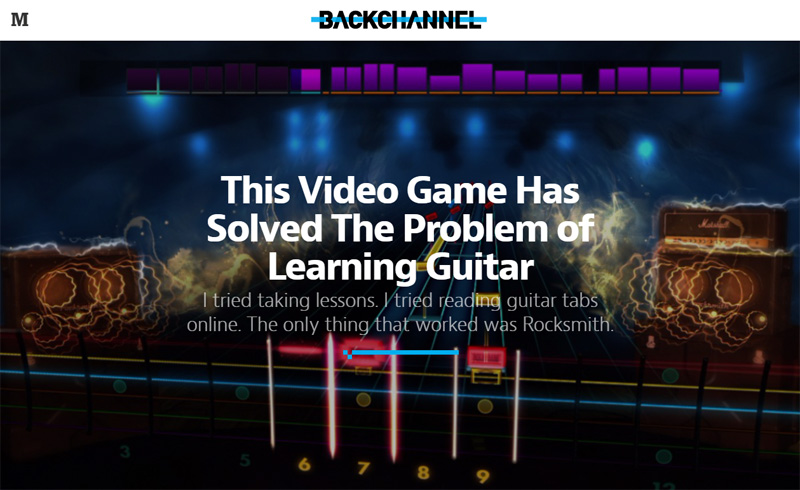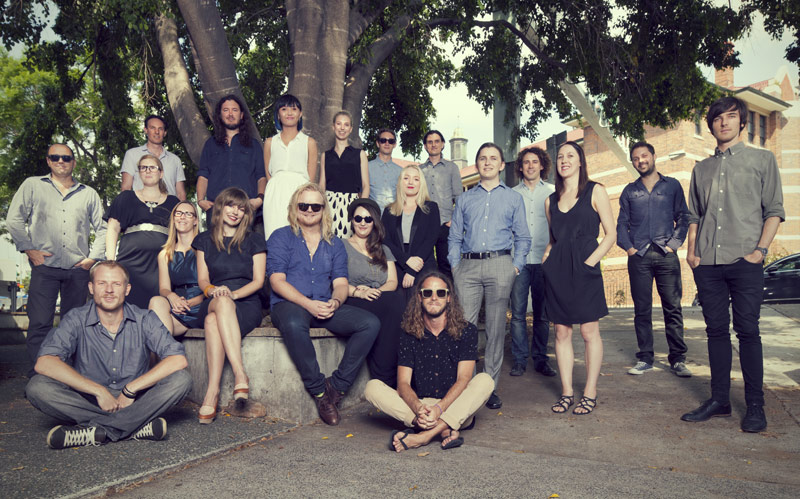The Kernel story: ‘The Unending Quest of the Hoax Slayer, Brett Christensen’, May 2016
A story for The Kernel, published in May 2016. Excerpt below.
The Unending Quest of the Hoax Slayer
Thirteen years ago, Brett Christensen was the victim of an email hoax. Since then, he’s dedicated himself to preventing the same fate for others.
For 13 years, Brett Christensen has been a committed professional debunker. This balding, bearded, soft-spoken, and serious man of 53 years has devoted himself to fighting the tide of online misinformation—the kind of scams, frauds, and hoaxes that used to spread from one inbox to the next but today move with alarming speed across social media. He assures readers that no, Mr. T is not dead (actually a like-farming scam); combining Mentos and Pepsi won’t lead to cyanide poisoning; and the sun won’t be going dark for eight days in June, no matter what that Facebook post quotes NASA as saying.
In short, Christensen tries to bring his readers the facts, even as lies and mistruth swirl all around him. Way back in 2003, when he began his quest, he gave his website the suitably ambitious name, Hoax-Slayer. Its white, red, and black design favors practicality over aesthetics; while not particularly pretty to look at, the site is one of the Web’s largest archives of falsehoods. Christensen claims around 1 million visits per month, three-quarters of which arrive from search engines.
The Hoax Slayer himself lives in a house hidden by trees on a busy street in Bundaberg, Australia, a city of about 55,000 people situated in Queensland, the country’s third most populous state. His home office is a minimally appointed room with an adjustable desk, a copy machine, a single computer monitor, and plenty of unused space. One of the walls is painted blue, and on either side of the monitor hangs a calendar and a framed assortment of Christensen family photos.
As we talk, Christensen clicks onto Google Analytics, showing 50 people from around the world are currently browsing the site. Its social media presence is significant, too, with more than 202,000 Facebook fans and 5,300 Twitter followers.
For a time, the site operated as a family business: At the peak of online advertising revenue a few years ago, he could afford to hire two sons from his previous marriage to help him with Web development and maintenance. “If you’d told me back in 2004 that I’d been making a living out of it, I would’ve laughed at you,” he says.
Christensen’s wife, Deborah, also joined her husband in working on the site full-time for a few years but recently decided to return to her job as a probation and parole officer, managing the cases of criminal offenders. Today, about 80 percent of Christensen’s workweek is spent on managing Hoax Slayer, a site whose mission statement is “to help make the Internet a safer, more pleasant and more productive environment.”
It’s a quest that started with a hoax. Nothing too terrible; in fact, just a bit of mild embarrassment. Back in the early 2000s, when Christensen was still new to the World Wide Web, he received an email informing him not to download a Budweiser Frogs screensaver, as it contained a dangerous computer virus. He hurriedly forwarded it to his contacts. He thought he’d done the right thing by warning his friends and family away from harm—until he received a reply that it was a hoax. Stunned and chastened, he was also intrigued by how he’d become a victim. Rather than simply chalking it up to experience and moving on, he burrowed in.
To read the full story, visit The Kernel. Above illustration credit: J. Longo.





